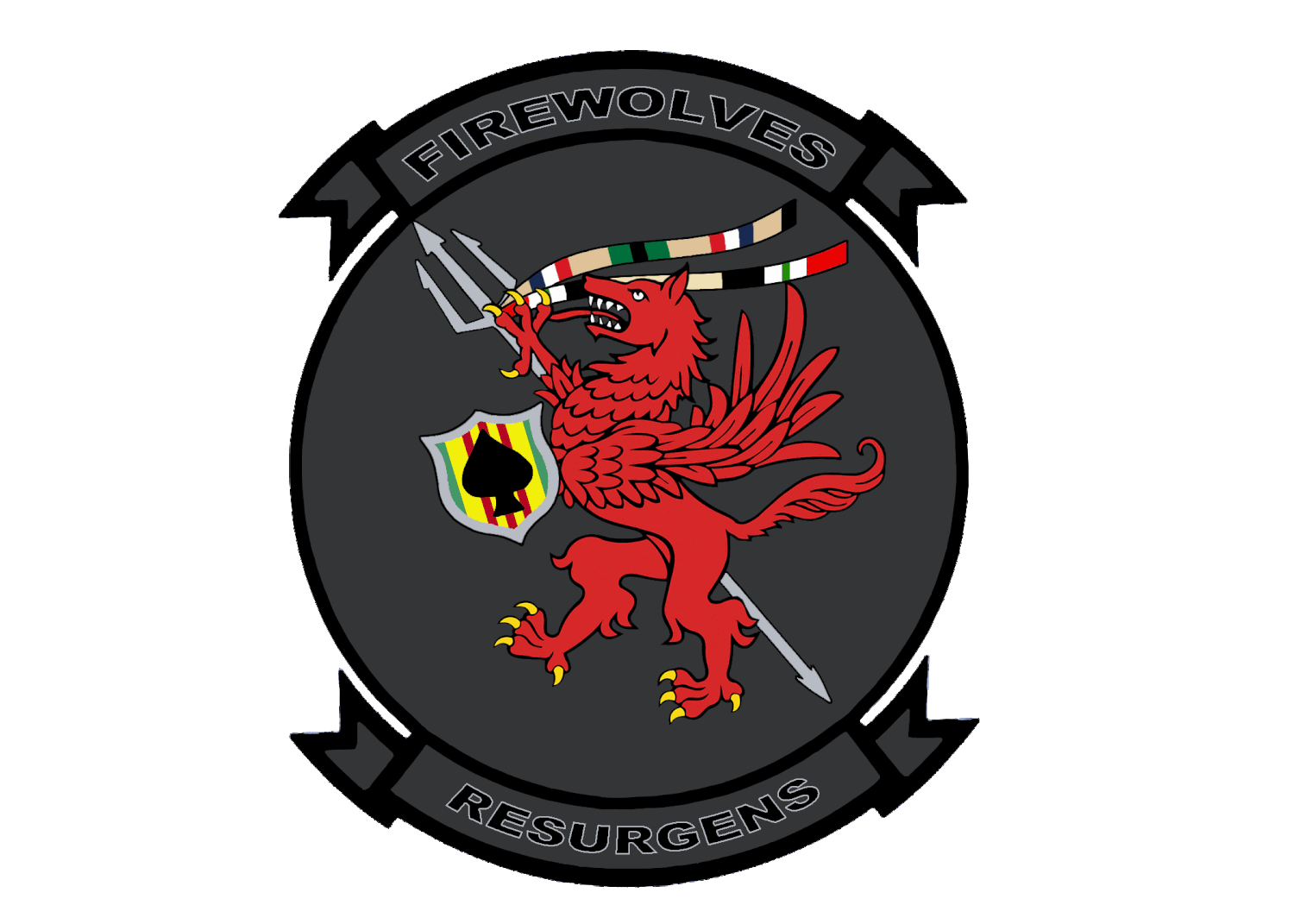This community has been at the forefront of rotary wing SOF support for over 40 years. In fact, long before there was a USSOCOM, when SOF elements were housed completely within the service components, this community was in a dedicated-support role with SOF as a primary mission. There hasn't existed a day in SOCOM history without the support from these service-provided, but fully dedicated assets.
This long history of support and this community's contribution to SOF operations in Iraq, in which it flew over 1,300 Direct Action missions in support of SOF, has proven its business model, which contrasts greatly from the Navy's fleet-support helicopter communities. The SOF-support mission requires a dedicated support model to properly mitigate the risk to force and risk to mission. Far too many aviation mishaps have proven this.
From incidents during the Vietnam conflict to the missteps during Operation Eagle Claw in the 1980's and finally to the numerous shoot-downs and mishaps during the Middle East conflict, we re-learn the same lessons. This is a dynamic mission set with dozens of mission variables - this requires intense training, dedication and focus in order to safely complete the mission. The stakes are high every time the bird leaves the ground, whether in training or combat. This nation's operators already endure high levels of risk and rapid deployment cycles. The risk presented by vertical lift is one worth mitigating.
